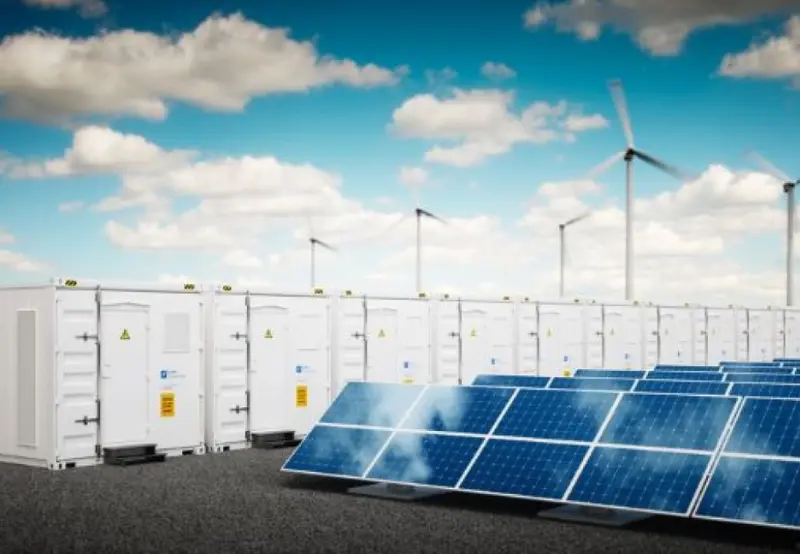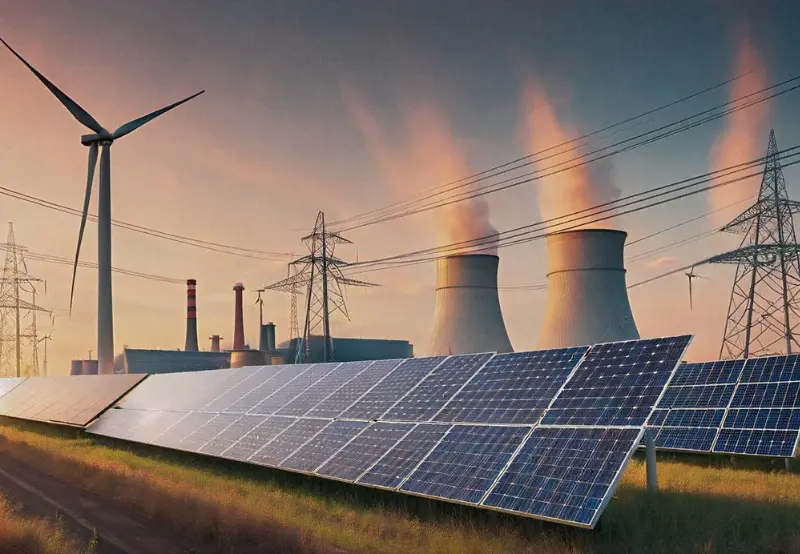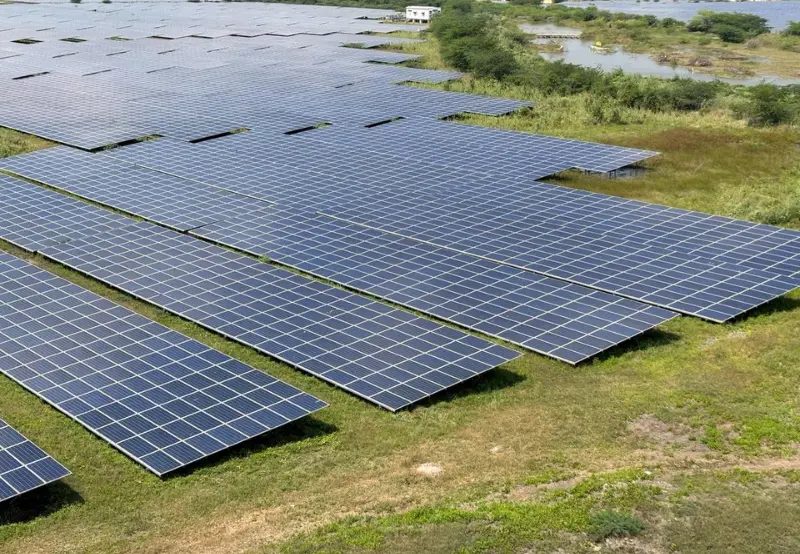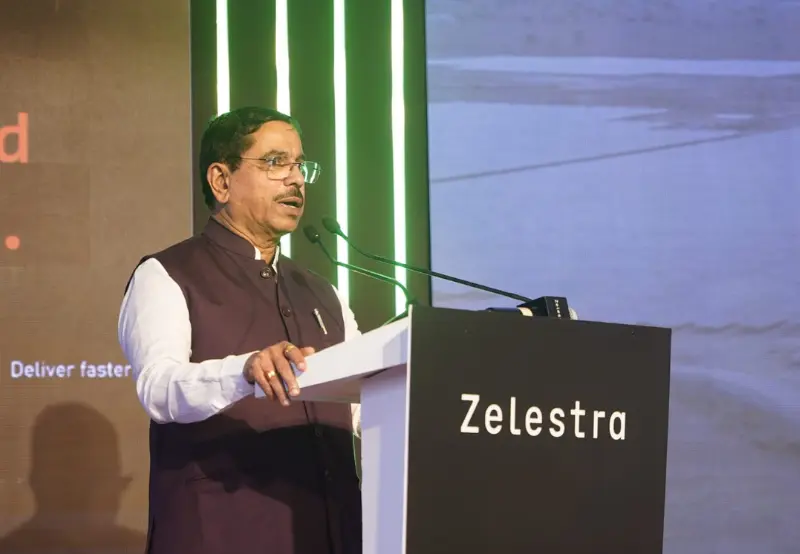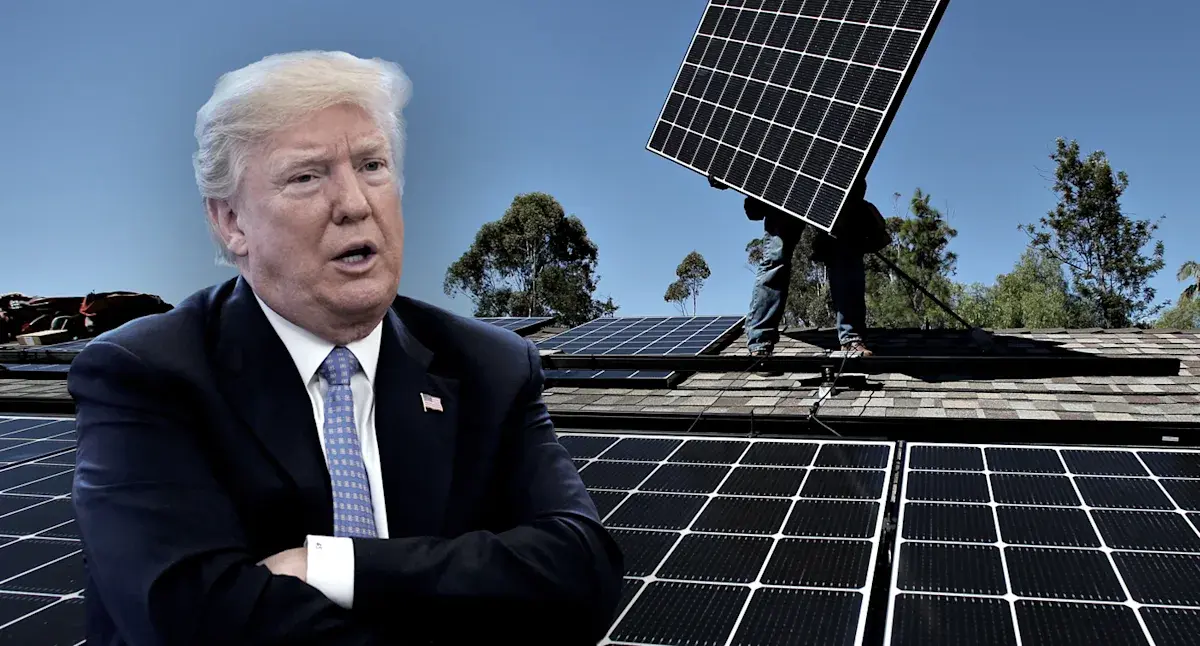SECI’s 2 GW solar + 4 GWh energy storage tender is a major push for round-the-clock green power in India. Discover why this project could transform energy infrastructure forever.
Table of Contents
- What is SECI’s Latest Solar + Storage Tender?
- Why This Tender Matters in 2025
- Tender Details: Capacity, Timeline, and Scope
- Solar + Storage: The Future of 24/7 Clean Power
- Economic and Environmental Benefits
- Industry Response and Bidding Deadline
- How This Fits Into India’s Renewable Goals
- A Defining Step in India’s Clean Energy Roadmap
What is SECI’s Latest Solar + Storage Tender?
The SECI Solar Storage Tender is set to reshape India’s clean energy landscape. In a landmark move, the Solar Energy Corporation of India (SECI) has floated a tender combining 2,000 MW of solar capacity with 4 GWh of energy storage. This isn’t just another infrastructure proposal—it’s a strategic leap into the future of sustainable and round-the-clock renewable energy.
Why This Tender Matters in 2025
India’s energy needs are growing rapidly. The push to decarbonise, reduce reliance on fossil fuels, and integrate clean energy into the grid is more urgent than ever. But solar power has one big limitation—it’s not available at night.
That’s where this SECI Solar Storage Tender stands out. It integrates high-capacity battery storage, ensuring solar energy is available even after sunset. This tender is a key milestone in making clean power not only sustainable but also reliable 24/7.
Tender Details: Capacity, Timeline, and Scope
Here’s what we know about the tender so far:
- Issued by: Solar Energy Corporation of India (SECI)
- Type: ISTS-connected (Inter-State Transmission System)
- Solar Capacity: 2,000 MW
- Storage Capacity: 1,000 MW / 4 GWh
- Bid Submission Deadline: 22 July 2025
- Bid Evaluation Date: 25 July 2025
- Structure: Storage to be co-located or nearby the generation asset
This hybrid tender supports peak-hour power supply while optimising grid stability and storage economics.
Solar + Storage: The Future of 24/7 Clean Power
Battery energy storage is now a game-changer in India’s renewable energy strategy. When solar power is combined with high-capacity storage systems, it can deliver electricity any time—day or night. This tender reflects a growing shift from isolated solar installations to integrated solar+storage systems that address intermittency, grid load balancing, and energy reliability.
The dropping cost of lithium-ion batteries (now as low as $55/kWh) has made such projects commercially feasible. In fact, storage is projected to grow 40% YoY in India from 2025 onward.
Economic and Environmental Benefits
The SECI Solar Storage Tender has the potential to deliver immense:
Economic Value:
- Reduces the need for expensive and polluting peaker plants
- Encourages private sector investment in battery manufacturing and deployment
- Strengthens India’s position as a global clean energy innovator
Environmental Impact:
- Cuts millions of tonnes of CO₂ emissions annually
- Displaces coal and diesel power during peak loads
- Supports India’s net-zero emissions goal by 2070
According to SolarQuarter and Mercom India, if successfully implemented, this tender alone could save over 6 million tonnes of CO₂ emissions per year.
Industry Response and Bidding Deadline
The industry has responded with high anticipation. Leading players like ReNew Power, Tata Power, and Adani Green Energy are expected to compete aggressively. Given the scale and urgency of the project, it is being seen as a “must-win” opportunity by major EPC and IPP developers.
Important Dates:
- Bids open till: 22 July 2025
- Evaluation on: 25 July 2025
This project could attract investment worth ₹15,000 crore (approx. US $1.8 billion) in India’s solar sector.
How This Fits Into India’s Renewable Goals
India aims to achieve:
- 500 GW of non-fossil energy capacity by 2030
- 280 GW from solar alone, with 50 GW of storage capacity
The SECI Solar Storage Tender is perfectly aligned with this vision. It also supports India’s commitment under the National Electricity Plan (NEP), which includes a strong push for hybrid renewable systems.
Moreover, tenders like this provide a blueprint for how storage can complement renewables to replace thermal baseload power plants in the long run.
A Defining Step in India’s Clean Energy Roadmap
The SECI Solar Storage Tender is not just another number in India’s clean energy register—it is a strategic blueprint for the country’s energy future. With 2 GW of solar bundled with 4 GWh of storage, it sets the stage for scalable, bankable, and dispatchable green power.
As India races toward its 2030 climate goals, such bold initiatives aren’t just welcome—they’re essential. And if executed successfully, this tender could mark a turning point in India’s green energy evolution.

